Viktor Frankl: Idealists are the true realists.
Don’t forget to subscribe to @dwalbert’s substack, where he will be writing about section hiking the Mountains-to-Sea Trail.
Earlier today, @ReaderJohn posted a link to a Joseph Campbell quote, which was behind a paywall. The quote was:
The role of the community is to torture the mystic to death.
That’s a tantalizing enough line that I wanted to find the source–which is A Joseph Campbell Companion, a collection comprised mostly of a talk he gave at a seminar, along with additional material added for context.
The chapter begins with Campbell telling the story of a tiger raised by goats who grows up believing he is a goat, until the day he meets a tiger who tells him who he really is.
Now, of course, the moral is that we are all tigers living here as goats. The right hand path, the sociological department, is interested in cultivating our goat-nature. Mythology, properly understood as metaphor, will guide you to the recognition of your tiger face. But then how are you going to live with these goats? Well, Jesus had something to say about this problem. In Matthew 7 he said, “Do not cast your pearls before swine, or they will trample them under their feet and turn and tear you.”
The function
of the orthodox community
is to torture the mystic to death:
his goal.
You wear the outer garment of the law, behave as everyone else and wear the inner garment of the mystic way. Jesus also said that when you pray, you should go into your own room and close the door. When you go out, brush your hair. Don’t let them know. Otherwise, you’ll be a kook, something phony.
So that has to do with not letting people know where you are. But then comes the second problem: how do you live with these people? Do you know the answer? You know that they are all tigers. And you live with that aspect of their nature, and perhaps in your art you can let them know that they are tigers.
The quote, then, seems to be saying that the orthodox community–that is, the dogmatists; those who have the form of godliness while denying the power thereof; the whited sepulchres full of dead men’s bones–serve as the sword that makes the martyr. They are the villains in the superhero’s origin story.
Wonderful TV interview with Jung. One bit to point out: both in regards to advice to older people and the interviewer’s question about the collectivization of humanity, Jung says that life always behaves as if it will go on indefinitely and will resist any effort to nullify it.
When I think of my patients, they all seek their own existence and to assure their own existence against that complete atomization into nothingness and meaninglessness. Man cannot stand a meaningless life.
At Breckinridge Cemetery on the north side of Bedford, IN, is a monument to the unidentified Civil War dead at nearby Camp Lawrence.
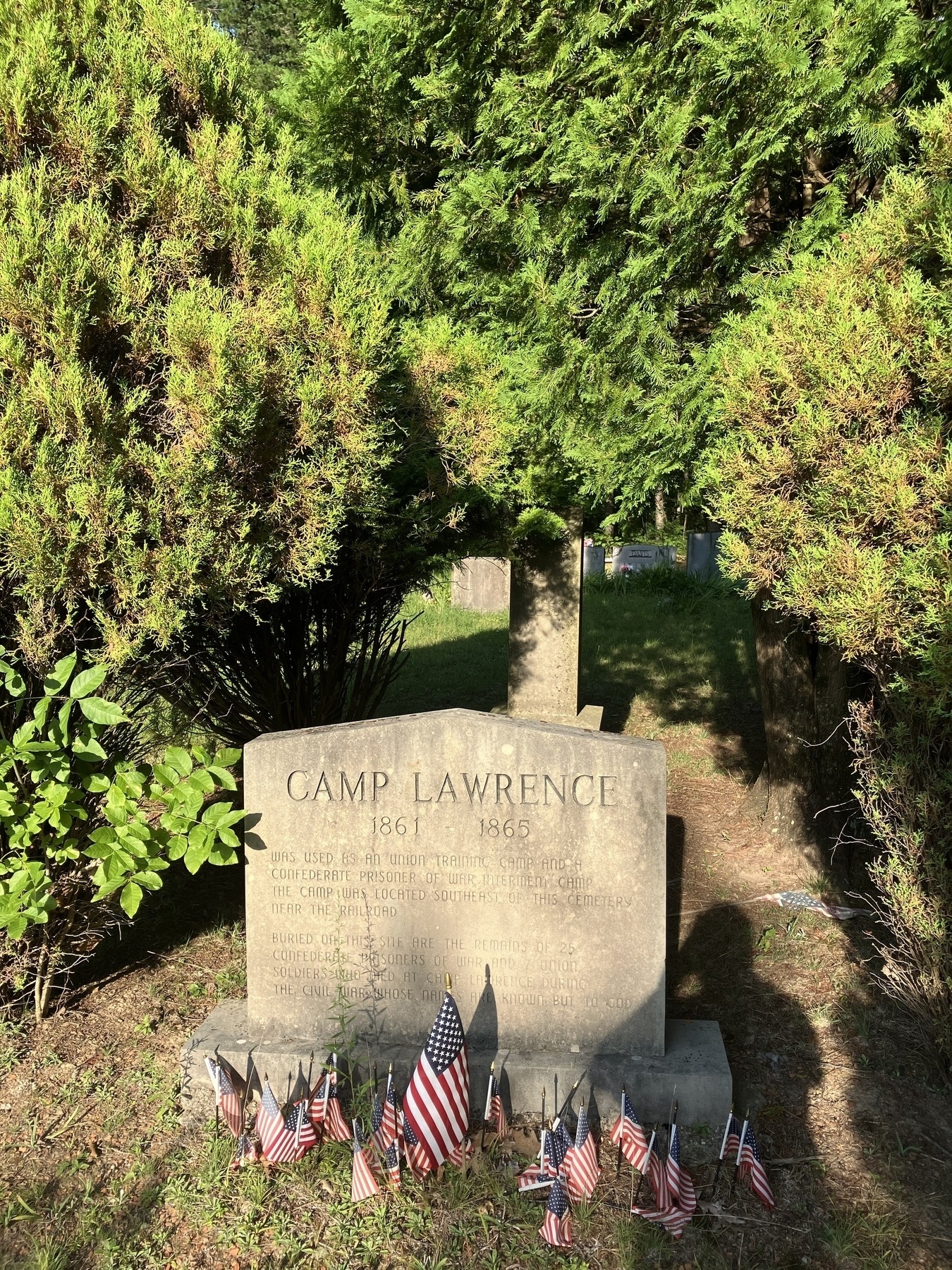
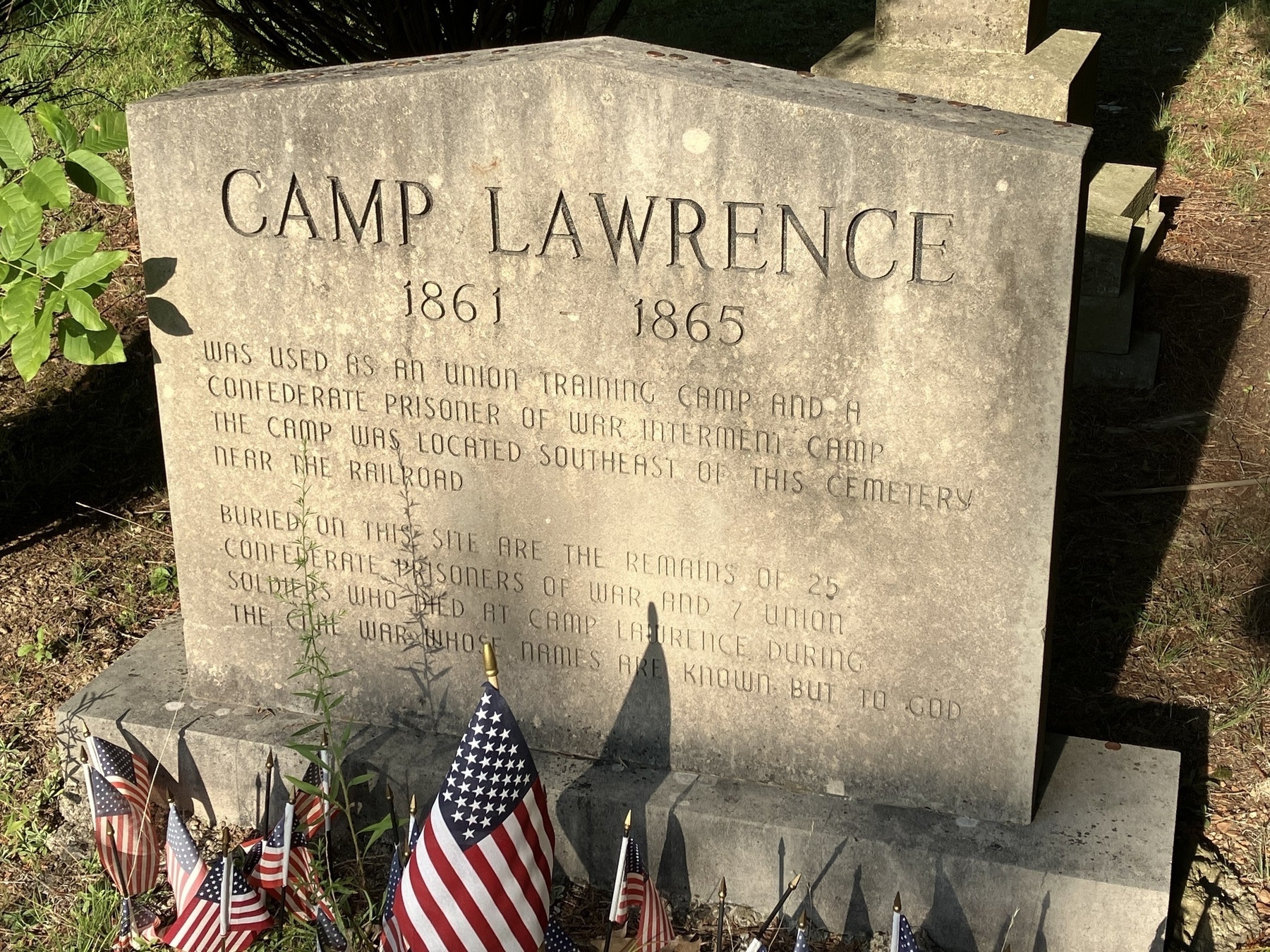
The text of the monument is as follows:
CAMP LAWRENCE
1861-1865
Was used as an Union training camp and a Confederate prisoner of war interment (sic) camp. The camp was located southeast of this cemetery near the railroad.
Buried on this site are the remains of 25 Confederate prisoners of war and 7 Union soldiers who died at Camp Lawrence during the Civil War whose names are known but to God.
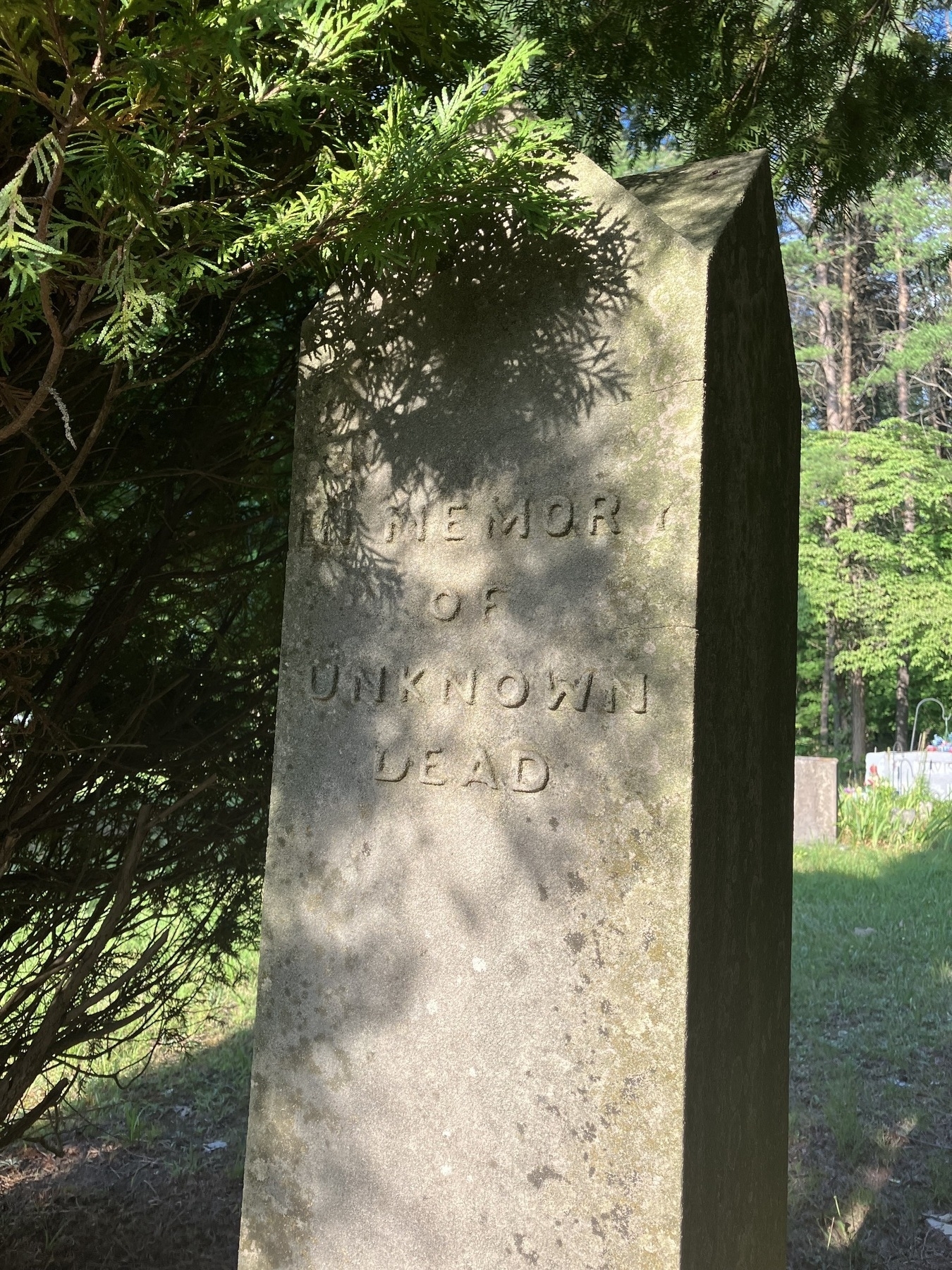

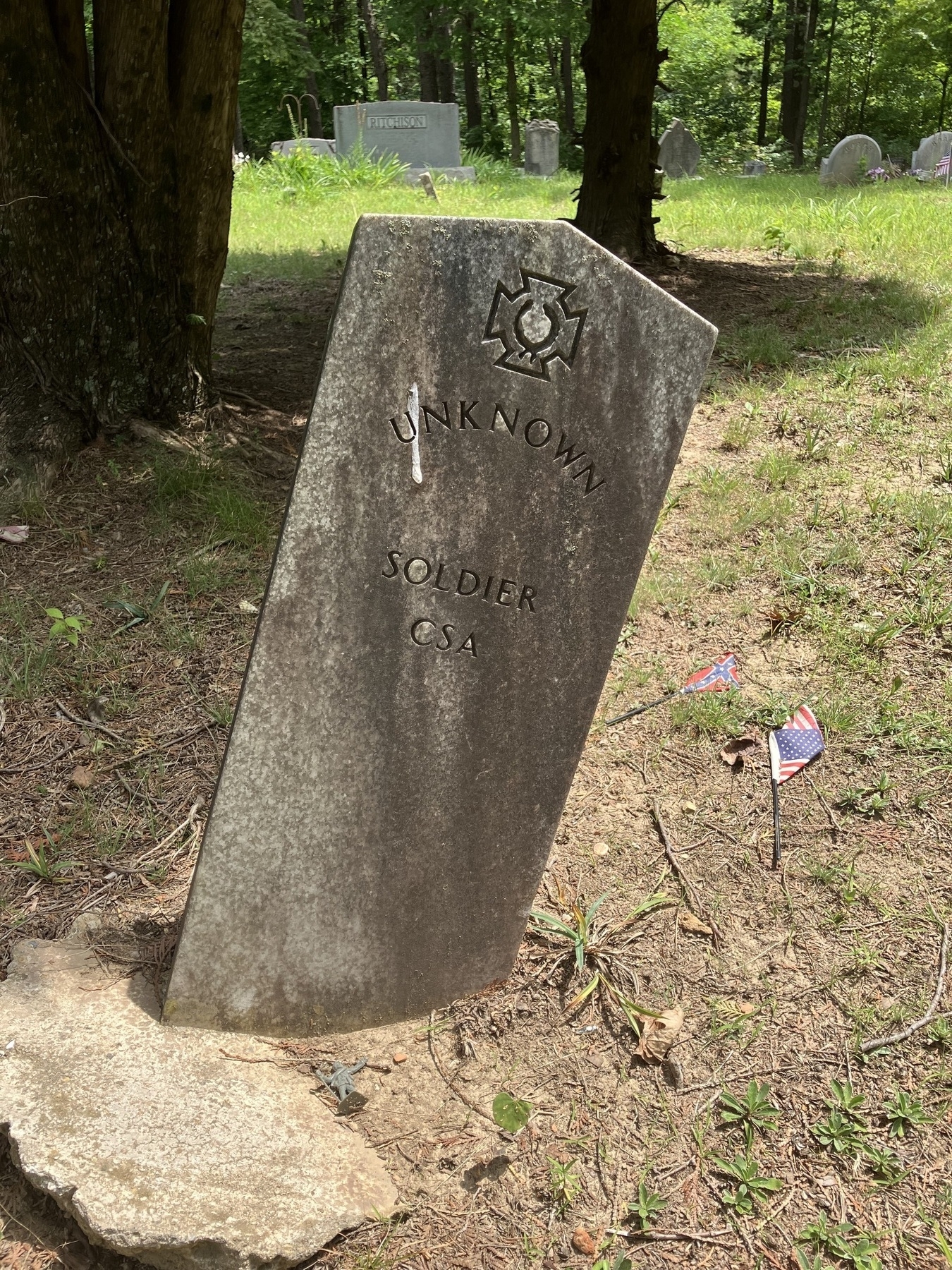
Happy birthday, Wendell Berry! Read something of his in honor of the day. Maybe an essay like “Thoughts in the Presence of Fear” or maybe the poem attached, from A Timbered Choir.
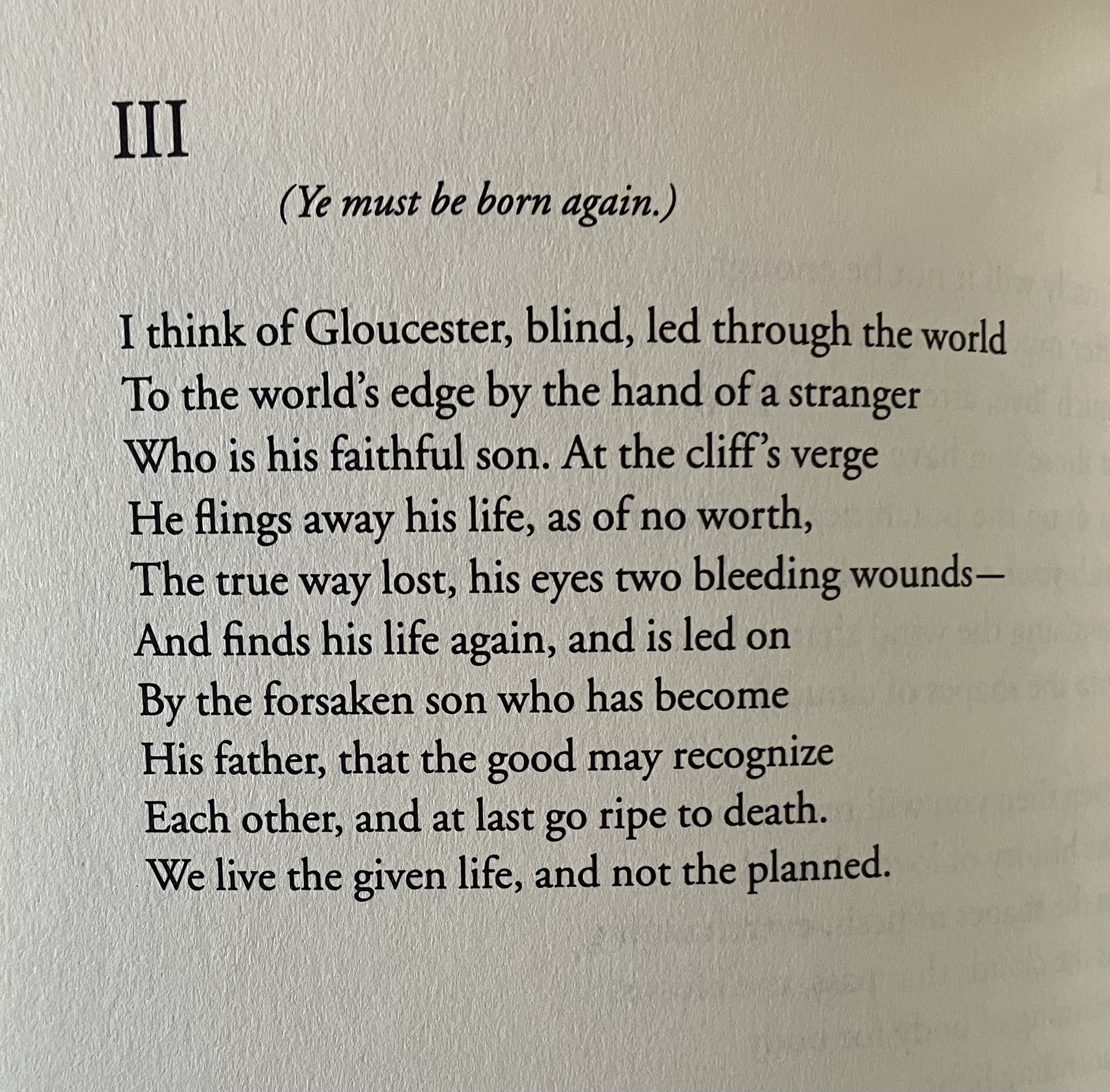
Anna Havron has a really wise post today on how to function in a crisis. I’m not in a crisis right now but I am in what I have discovered to be a regular, low-energy cycle. My main struggle in cycles like this is putting aside feelings of guilt for not doing … whatever. For example, we’ve now experienced several days of reasonable temperatures and I just couldn’t muster the energy to go outside after work.
Also, I’ve also just come out of a time that felt intellectually creative (new books, new ideas, increased writing in response) and that seems to have just collapsed in the last few days.
Another thing: Over the past few months I’ve been listening mostly to folk and Americana style music. That’s also shifted recently, as I’ve been listening to more heavy music and rap. Weird, that shift to more energetic music when I’m feeling less energetic. Maybe a spot of yang in my overall yin.
The cause of this is, I think, that I’m very busy at work along with it being the dog days of summer. It’s okay. As Anna says and as I’ve experienced over the years, these times pass.
As in other low-energy cycles, I am again drawn to those who talk about the wisdom of withdrawal and silence. I’ve been thinking about Bill Porter’s Road to Heaven again and might re-read it.
In any case, thanks to Anna for the post. And to echo her, when you’re in a crisis or just a time of low-energy, be patient with yourself. Everything moves in cycles.
Andy Couturier, The Abundance of Less:
“This is the same fire that burned with the blast from Hiroshima,” Masanori Oe says to me, pointing to a small brass lantern on a table in front of us with a tiny flame burning inside.
“This very flame?” I ask, taken aback somewhat.
“Yes. It has been kept burning, passed on from person to person to help us each remember what happened that day, and how it must not happen again.” He explains that in August of 1945, a woman who lost her son in the bombing went to the city while it was still burning and, believing that the spirit of her son was inside that flame, captured a bit of fire and brought it to her home a hundred miles away. She kept it burning for more than twenty years, and then passed it on to a Buddhist priest, who decided to make it a symbol of peace, and took the flame on a walking pilgrimage across Japan, burning in a lantern, and passed it on to others, lighting new lanterns for those who would take the flame. “We have it here for some time before we pass it on,” Masanori says.
I don’t listen to a lot of hip hop but, when I do, it’s usually someone from Rhymesayers. Today, Sa-Roc is blowing me away. 🎵